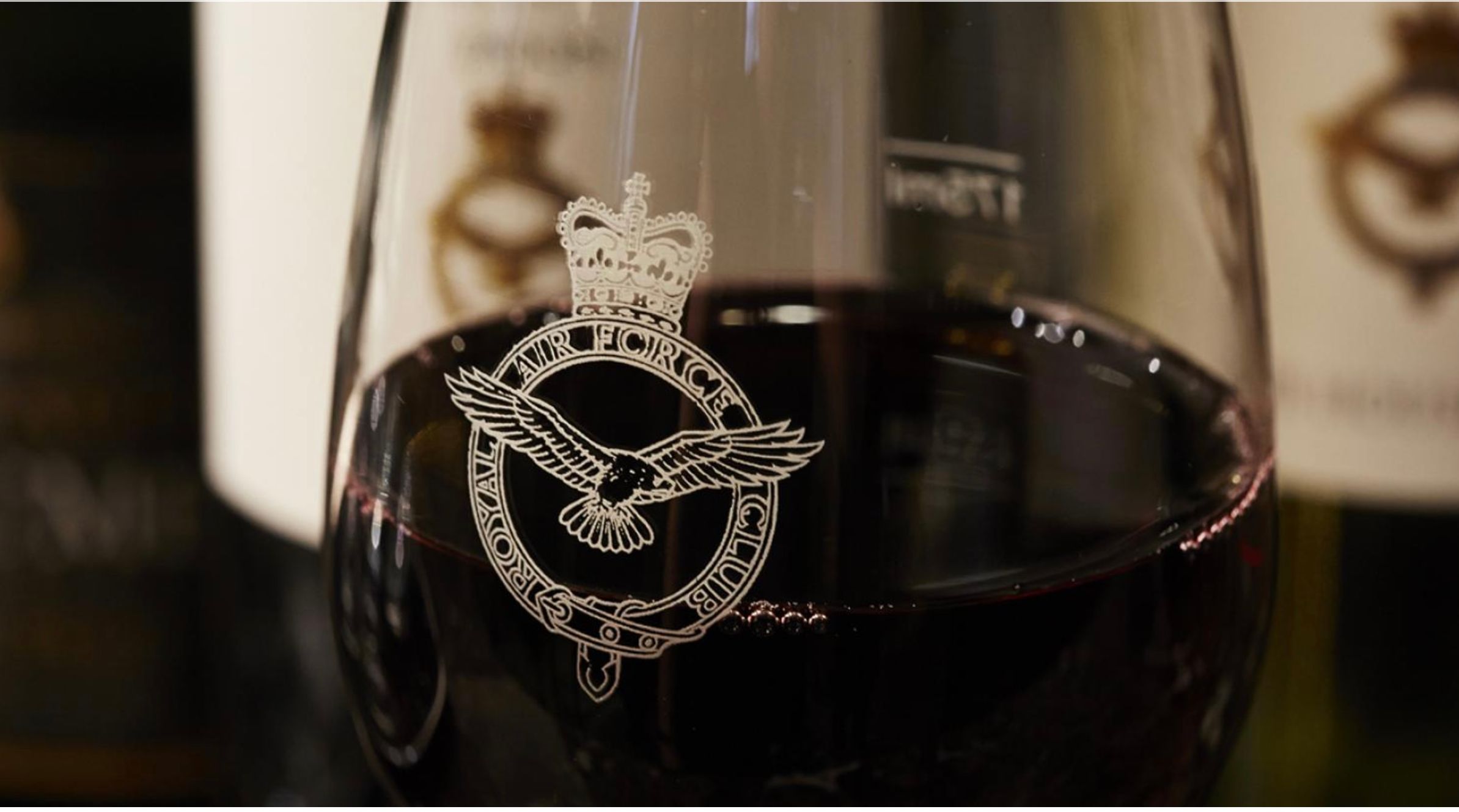Nostalgia isn’t what it used to be.
As I approached the RAF Club on Piccadilly, I recalled past visits here back when the UK actually had a proper Air Force (it has contracted by over 30% since 2000), with splendid wood-panelled rooms offering sweeping views of Green Park.
Hopes rose when the doorman advised the tasting was happening in none other than the Battle of Britain suite…only to plummet when this turned out to be a small basement room, emblematic somehow of our national decline.
On the bright side though, the carefully cut cucumber sandwiches, with crusts removed, and a tea urn did recall times gone by – but not quite the way I’d imagined.
There is, though, something nostalgic about Hayward Brothers itself. The wine importer’s offices are still located in Shad Thames, where the business – still family-owned with Robert Hayward running things today – first set up four generations ago in 1932.

Wine has always been an integral part of the Hayward family
Back then, when Britain had the Empire and ships plied the water, the Bermondsey location was ideal for importing barrels of wine from Bordeaux and other places. And today, Hayward Brothers’ list remains heavily French - Bordeaux en primeur is one of its big things - though this is changing according to Hayward Brothers director Tony Schendel.
“Although we’re still big in the classic regions like Bordeaux, Beaujolais and Burgundy, we’ve branched out towards South Africa, Australia and Germany. We like female winemakers and we like innovation – we’ve just taken on our first orange wine (the rather tasty La Mechanique du Vin from Languedoc) and are looking at zero alcohols too,” he says, adding that Hayward Brothers is responding to the growing demand for lighter, fresher wines and is looking more closely at Spain and Italy.
“There’s just so much going on there,” he says.

Hayward Bros tasting, RAF Club, London
With times tough pretty much across the board, Hayward Bros runs a tight ship employing around nine people on a turnover of around £6m. As well as selling to the on-trade and private clients, Hayward Brothers works with the likes of Hedonism and Harrods – to whom it supplies own label wine – and has added well-known brands to its portfolio including Kopke with some great tawnies and the new range of table wines; Pfalz’s Von Buhl (some great Riesling and Pinot), Champagne de Venoge and from Norfolk, Flint Vineyard, which produces some of the most exciting wines in our nascent wine industry.
Unsurprisingly, the company strategy seems to be to cover as many bases as possible: quite a few of the wines shown were under £14 a bottle retail with the intention for sale by the glass in the on-trade and clearly aimed at indies which Schendel says is a growth area.
So who were the standout producers? Here’s six of the best.
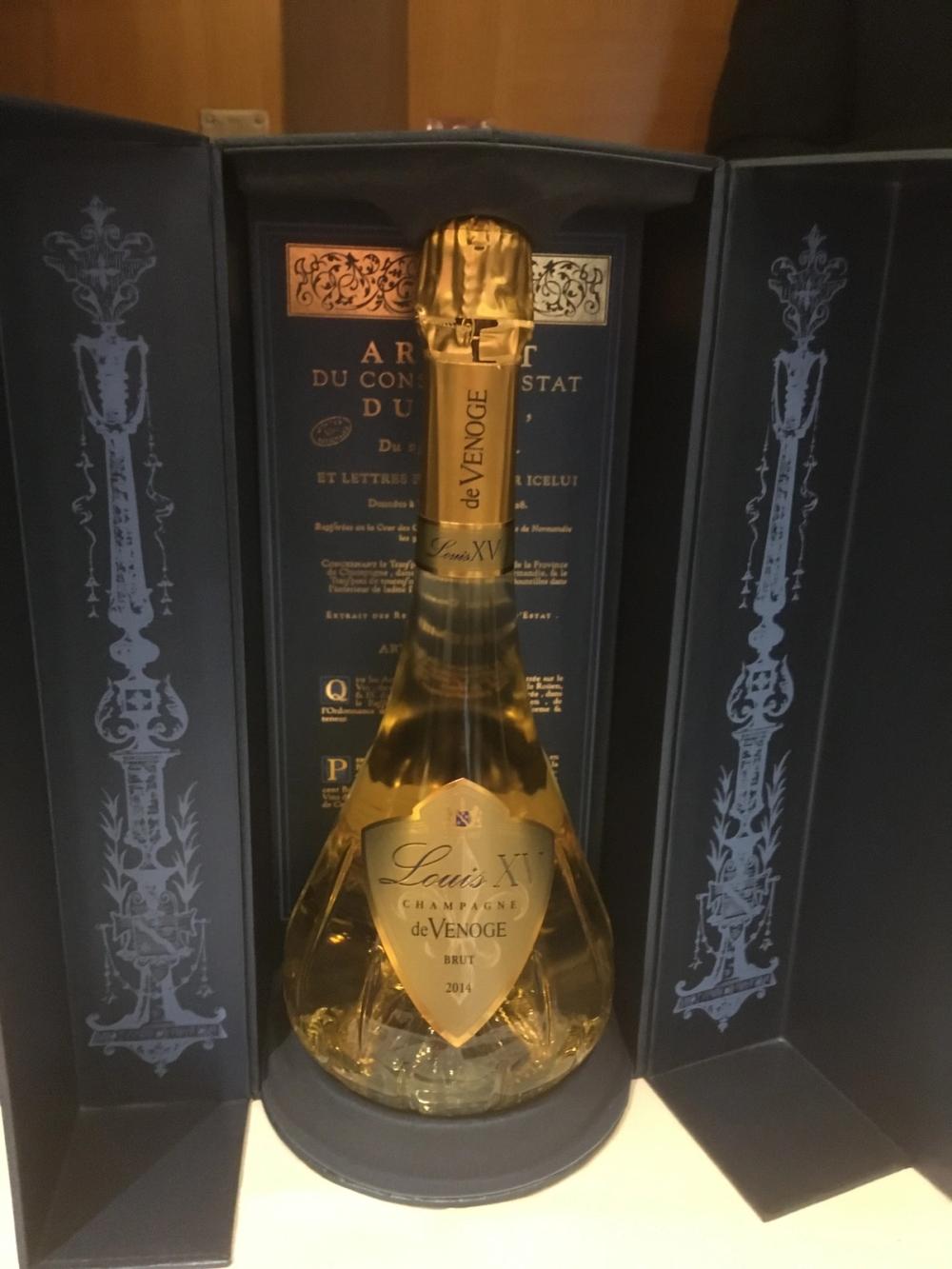
First up, Champagne de Venoge, an historic Champagne house based in the heart of Champagne country on the famous Avenue de Champagne in Eperney. All the wines here are pretty solid but the most noteworthy are the Princes range, which come in an elegant glass decanter-shaped bottle honouring the decree of Louis XV in 1728 which said only Champagne wines could be shipped and marketed in bottles.
The Grand Vin de Princes NV range is extensive, but I particularly liked the Princes Brut second edition, made from one third Pinot Noir, one third Meunier and one third Chardonnay. Four years on the lees, very dry but very full. Also good is the Princess Roe, made from 100% Pinot Noir with 6% still base wine from 2018. However, the jewel in the crown is the Louis XV 2014, very rich 50/50 Pinot/Chardonnay with a complex chalky mouthfeel but great flavours of white flowers and citrus on the long palate. Masterful.
Next up, Chateau Unang, a small producer (around 50,000 bottles in a good year) set up in Ventoux in 2002 by a Scottish couple, James and Joanna King, and focused on Rhône varietals including Viognier, Roussanne, Grenache, Syrah and, more recently, old vine Cinsault.
“When we moved to the region we fell in love with the Château (south-east of Carpentras) and weren’t really focused on making wine. But then we realised the estate had east-facing slopes, great terroir and an underground water supply. Everything just came together,” she says.
I tasted mainly tank samples for 2022 and 2023 but the focus is on (for the Rhône) light and accessible styles, with the already organic estate shifting towards biodynamic. My choice here is the Grenache-dominant La Gardy 2018, supported with some Syrah and Roussanne. Very characterful, lots of body and structure, and predominately red berry fruit. Nice stuff.
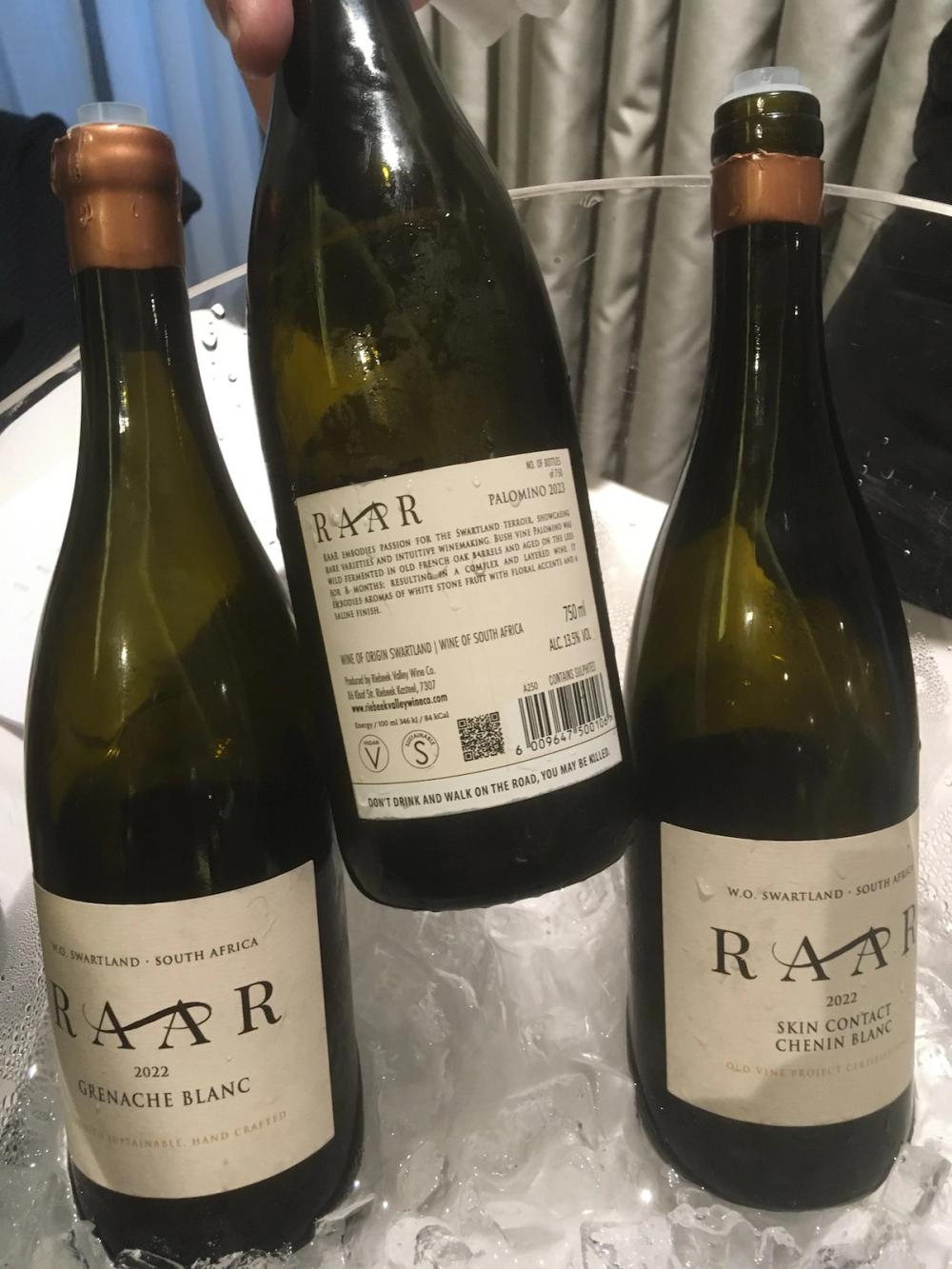
It's been a while since I’ve tasted good South African wines, and I approached Riebeek Cellars – a Swartland co-op owned by 25 growers – with some caution; the wines are good, solid but definitely aimed at the mainstream. A lot more interesting is RAAR, a small volume offshoot set up also in the Riebeek Valley by winemaker Cherie Nothnagel and working with hand-picked grapes, mainly Rhône varieties. I loved the fresh, apricot scented award-winning Grenache Blanc (873 bottles made) and also the unusual, surprisingly restrained Palomino (750), but also the two reds the RAAR Shiraz Carbonic Maceration 2022 (1364 bottles) and the Petit Sirah 2022 (just 373), both surprisingly nuanced and fruit forward – all incredibly good value at £21 a bottle.

I’ve always been a fan of Reichsrat Von Buhl – established back in 1849 and one of the most iconic producers in Pfalz – and Hayward Brothers were showing the Bone Dry Riesling 2022 (good, solid, decent acidity and petrol notes, pretty much does what it says) and the interesting, moreish, fruit-driven but balanced Bone Dry Pinot Noir Rosé 2022, good value at just £16.50 apiece. However, the standout was the delicious Reserve Spatburgunder Von Buhl 2016, very aromatic, herby with some dark fruit alongside the red: surprisingly full, 13.5% but well worth its £36.50 price tag.
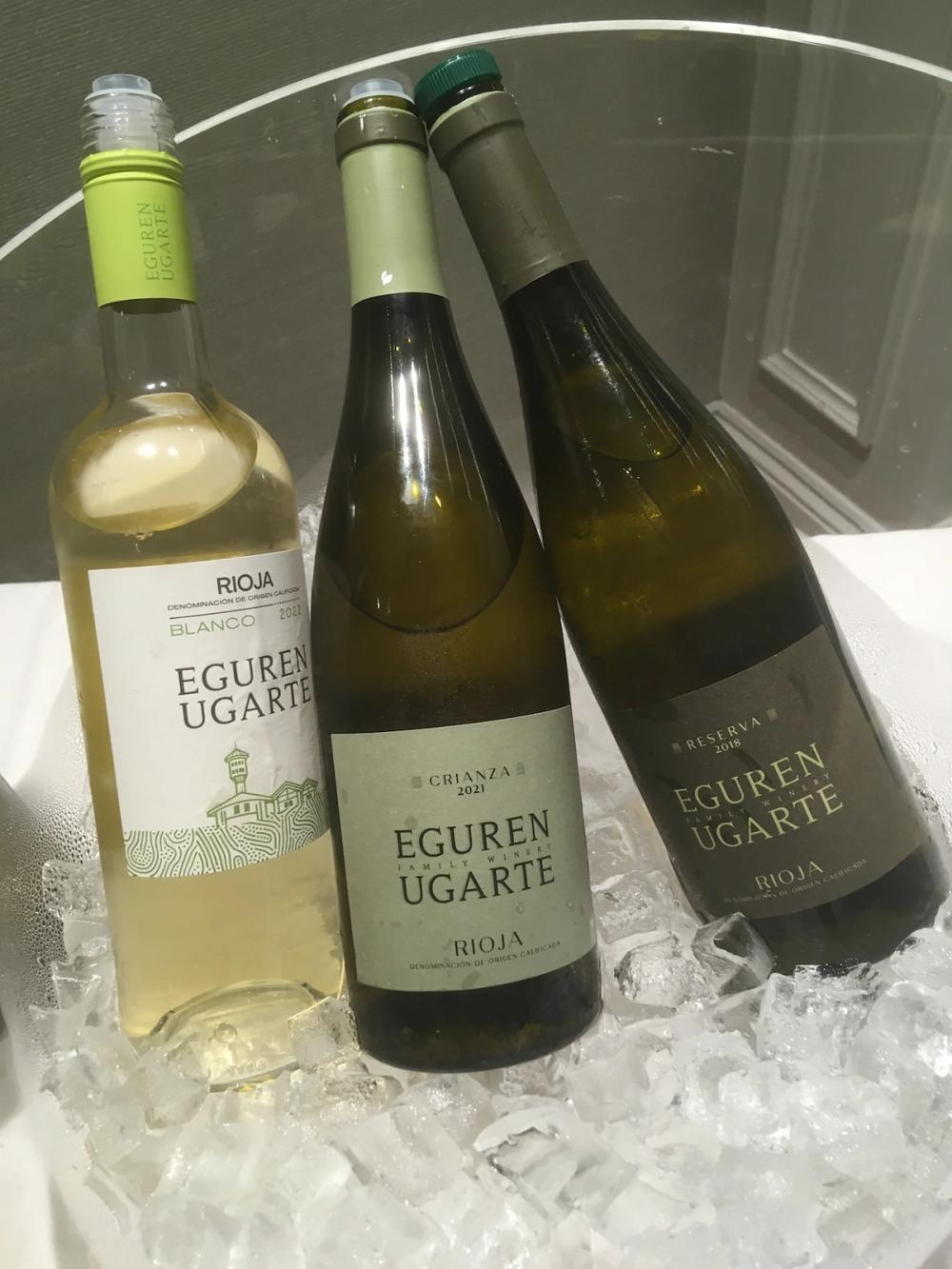
Some truly wonderful things are happening in Spanish wine these days, especially with whites and Eguren Ugarte, a well-established family producer in Rioja Alavesa (est 1870) had a great selection alongside its reds. The entry level, screw-capped Rioja Blanco 2021 is a nice, fresh, simple wine, made from five varieties including Tempranillo Blanco and Garnacha Blanca and good value at £12 but £8 more will get you the delicious, moreish savoury Rioja Reserva White 2018, an equal blend of Viura and Garnacha Blanca, rounded and generous with suggestions of peach and white blossom on a long palate.

And lastly, some lovely wines from Kopke (owned by Sogevinus) just about the only major Port house without a British connection. According to marketing manager Joao Belo, British taste in Port is changing.
“This used to very much be a vintage Port market because that was what people knew and had always had. But more are waking up to the appeal of tawnies, and realising that they can actually be a lot more user-friendly – unlike vintage, you don’t have to drink a bottle in one go and can keep it opened in the fridge for weeks,” he says.
Belo was showing the 10 Year Old, the 30 Year Old and the really impressive 50 Year old Tawnies, all delicious but with the 30 probably giving most bang for your buck (the wines are priced at £26, £75 and £185); the 10 Year Old White Port (£35 and really distinctive) alongside Coelheitas from 1998 and 1974 (£60 and £140 respectively). All top stuff by any standards.
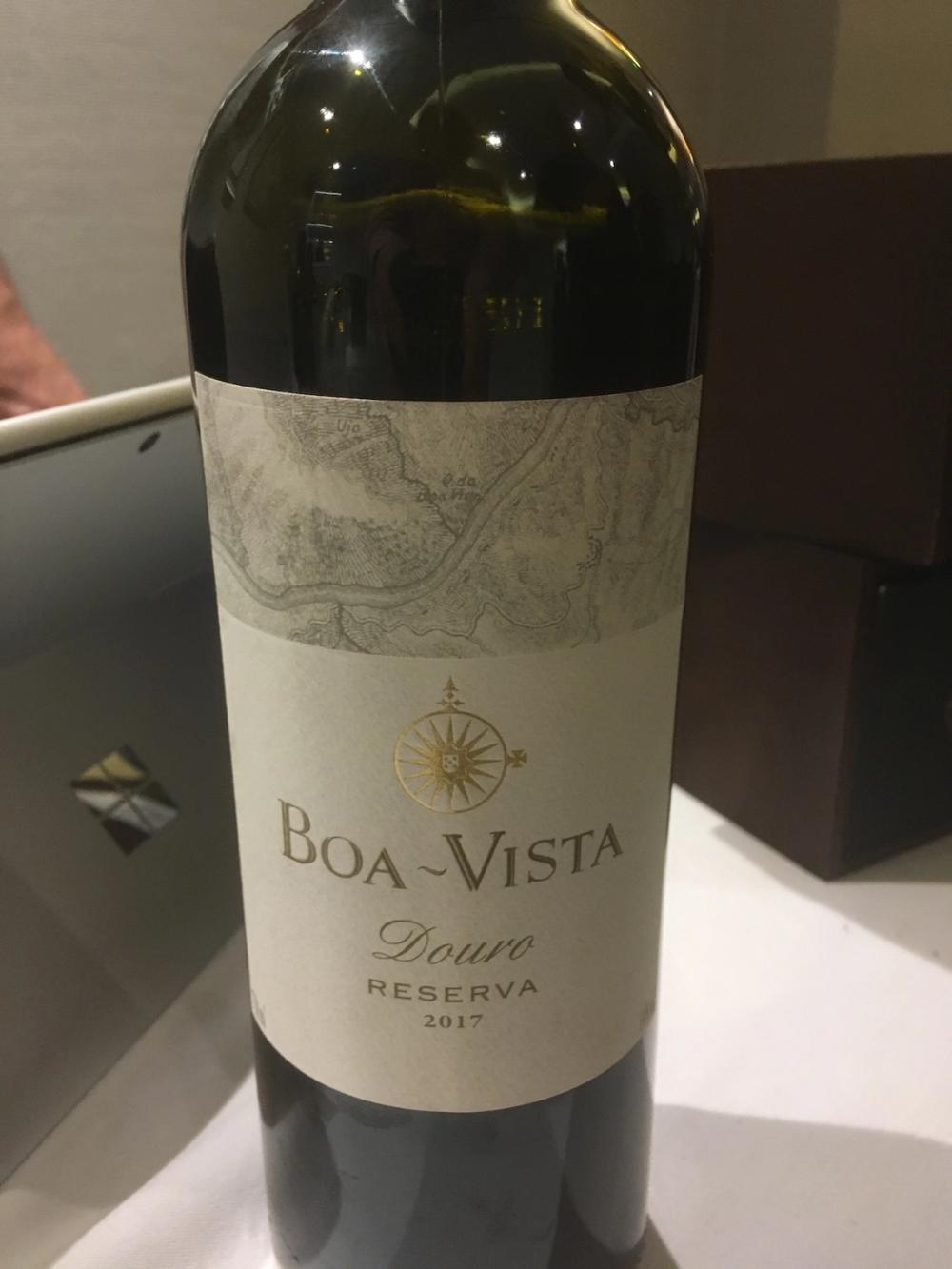
The Kopke/ Sogevinus still wine range is much improved from when it was first launched, and is now 100% organic, packaged sustainably and very well made. I particularly liked the Sao Luiz Reserve White 2022, a complex, surprisingly saline blend of Vioshino, Arinto and Folgazao (good value at £20); and made by Quinta da Boavista before it was acquired by Sogevinus in 2020, its delicious Boa-vista Reserva 2017, an intense full-on blend of Touriga Franca and Touriga Nacional, drinking well now but with years still ahead of it.
So what’s this year going to be like trade-wise?
Schendel admits it’s getting harder and harder to predict the wine market.
“As well as the economy there is the fact that people are drinking less and spending less. Compared to a few years ago when Indies were typically selling bottles for £20, now its £15. We’re all fighting over a shrinking pie,” he says.
“But we’ve got some exciting and good value wines on board and we’re on the lookout for more to ensure we’re up to the challenge.”
